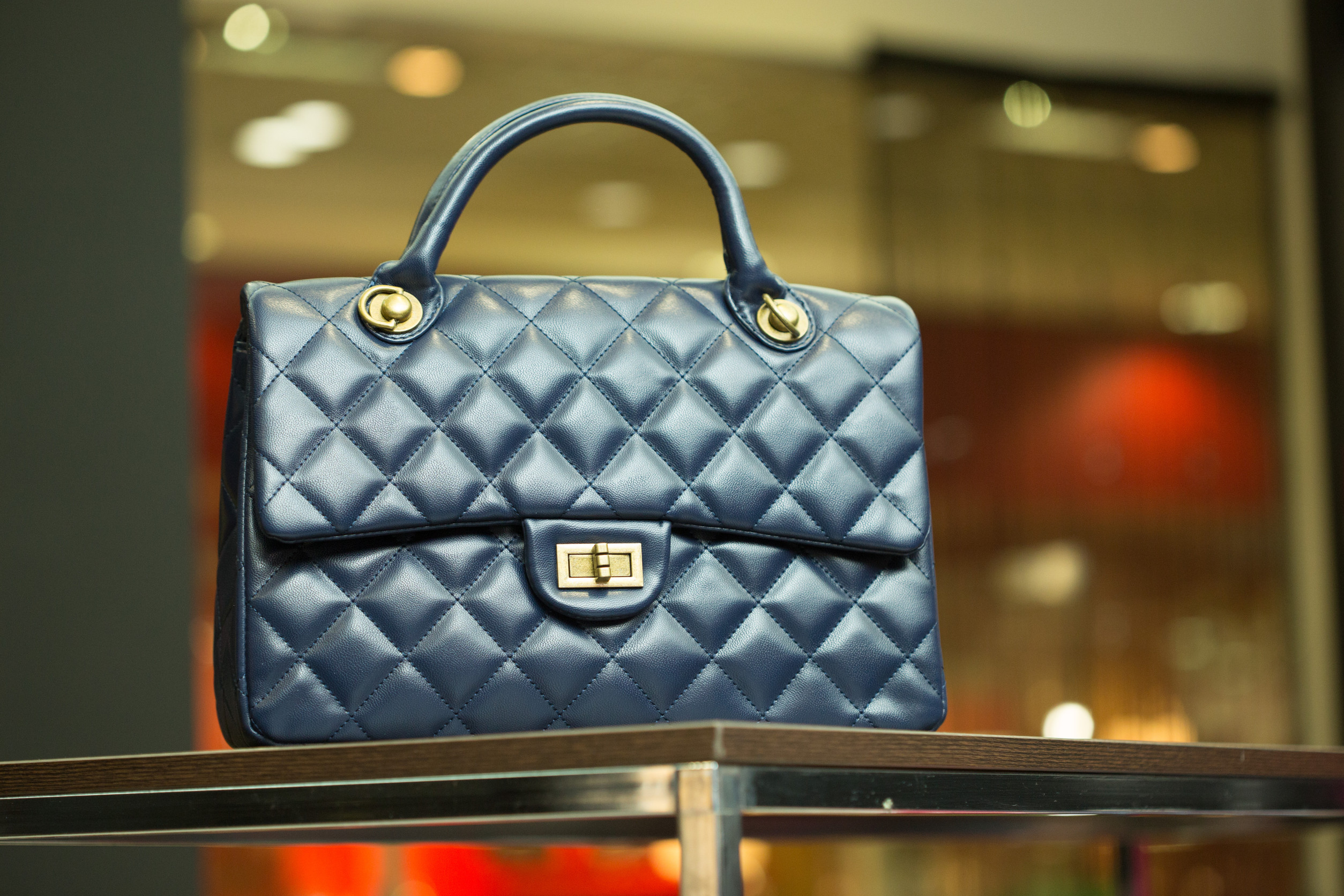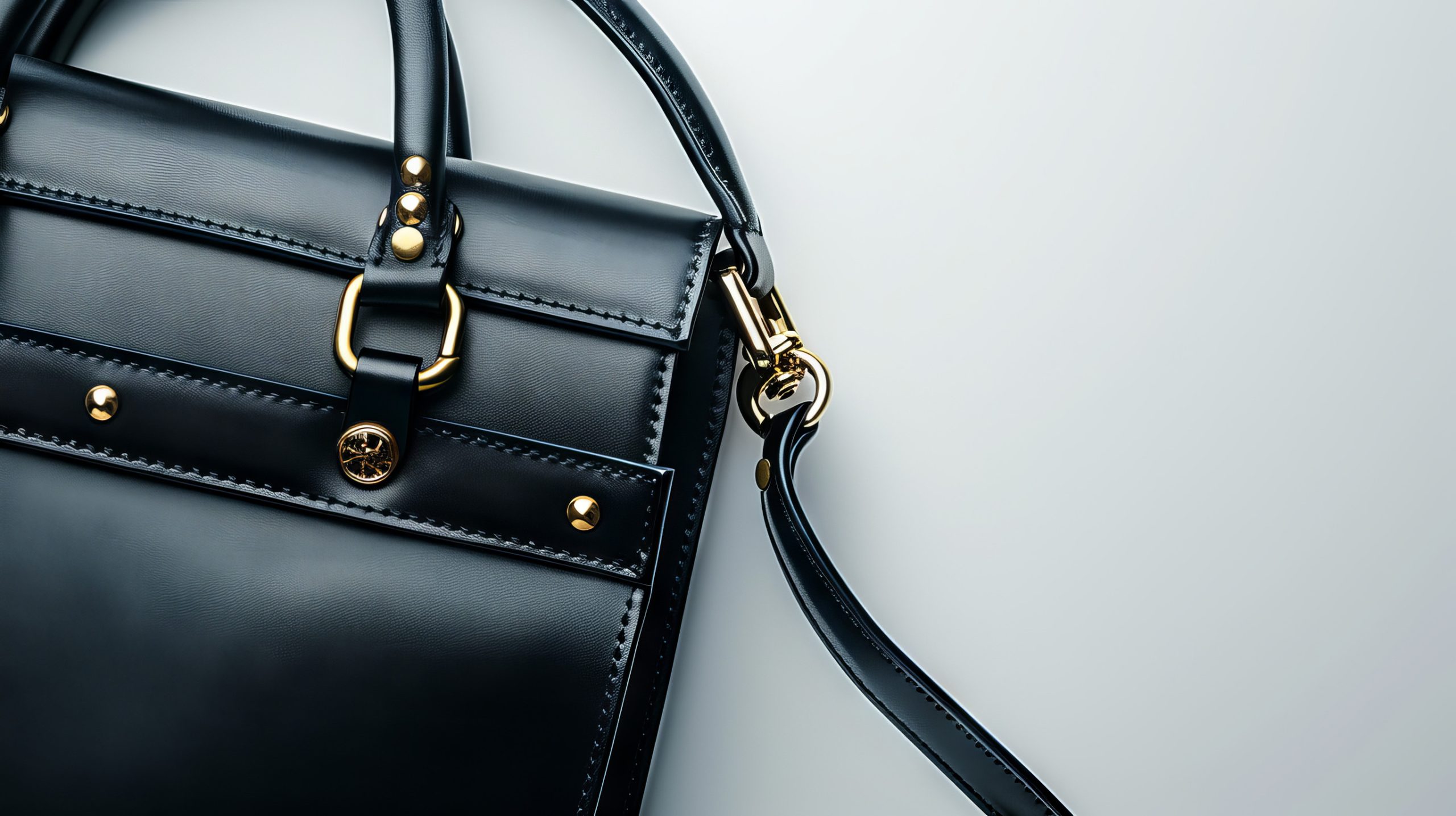A sleek leather tote. A quilted crossbody with gold hardware. A logo-heavy handbag that’s instantly recognizable from a mile away. Designer bags have become more than accessories—they’re statements of success, luxury, and even identity.
But behind that signature stitching and gleaming clasp is a complex web of costs, and not all of them are printed on the price tag.
The Sticker Price is Just the Beginning
When you walk into a boutique and see a $3,000 handbag, that number only tells part of the story. Sure, you’re paying for materials and craftsmanship, but you’re also covering hefty marketing budgets, celebrity endorsements, and expensive retail space.
Many luxury brands operate on extremely high markups—sometimes up to 20 times the production cost. That means a bag that costs $200 to make can easily sell for $2,500 or more. You’re not just buying a bag; you’re buying into a lifestyle carefully designed by marketers to make you crave it.
You’re Funding More Than Fashion
Luxury fashion houses are some of the most powerful forces in global advertising. From billboards to fashion week to Instagram influencers with millions of followers, the push to keep their image polished and aspirational doesn’t come cheap. These campaigns are built into the cost of your bag, and you’re footing the bill every time you swipe your card.
In a way, you’re paying to make the brand feel exclusive, even if the bag itself isn’t particularly rare. That eye-watering price tag helps ensure the brand stays elite in the eyes of others, which in turn fuels demand.
The Environmental Toll is Hard to Ignore
That chic bag may come in a velvet-lined box, but it’s not guilt-free. The leather industry is notoriously harmful to the environment, requiring vast amounts of water and producing considerable carbon emissions and chemical waste. The tanning process alone can have damaging effects on both ecosystems and the communities near production facilities.
While some brands have pledged sustainability, only a few have taken truly transparent steps to reduce their impact. You can explore this more with sustainability reports that rate fashion brands based on their environmental and ethical practices.
The Human Cost is Often Hidden
Behind that designer label are thousands of workers, many in developing countries, whose stories are rarely told. Although luxury brands boast superior quality and European craftsmanship, much of the labor is outsourced to countries where wages and working conditions are questionable.
It’s not uncommon for pieces of that “Made in Italy” bag to be assembled elsewhere under less-than-ideal conditions. In recent years, investigative reports have revealed a troubling lack of oversight in the luxury supply chain. If you’re spending thousands, wouldn’t you want to know that the hands making your bag were treated fairly?
Resale Value Isn’t Always a Sure Bet
Many people justify a luxury bag as an “investment,” citing resale potential on the booming secondhand market. While it’s true that some bags—like the Hermès Birkin—can even appreciate in value, that’s the exception, not the rule.
Most designer bags depreciate significantly the moment they leave the boutique. Factors like condition, style, color, and even packaging can drastically affect what you’ll get back. Many popular websites show how resale prices fluctuate, often reminding buyers that luxury resale is more art than science.
Emotional Spending Disguised as Empowerment
There’s something powerful about striding through an airport or café with a logo bag on your arm—it feels like validation, like success wrapped in calfskin. Brands tap into that emotion, carefully crafting their messaging to make you feel like you’ve earned this symbol. But sometimes, that “empowerment” is actually emotional spending in disguise, driven by comparison, stress, or the need to belong. We’re conditioned to believe that luxury equals confidence, when in truth, self-worth shouldn’t hinge on material things. It’s worth asking: who are you really buying the bag for?
What Your Purchase Says About Your Priorities
Spending a significant amount on a bag can be empowering—if it’s a conscious decision based on your values, not just an impulse. For some, a designer bag is a reward for hard work; for others, it’s a misplaced attempt at identity-building. Either way, it’s a statement about what we choose to value: status or substance, craftsmanship or branding, investment or indulgence.
When we understand the true cost, we’re better equipped to spend in a way that aligns with who we really are. And sometimes, that means walking away from the logo and walking toward something more meaningful.
We want to hear from you. Have you ever bought a designer bag? What motivated you—or held you back? Share your thoughts, questions, or stories in the comments below.
Read More
15 Shopping Tips That Lead to Unnecessary Spending
13 Fashion Retailers Gen Z Isn’t Shopping At and It’s Impacting the Industry



Leave a Reply